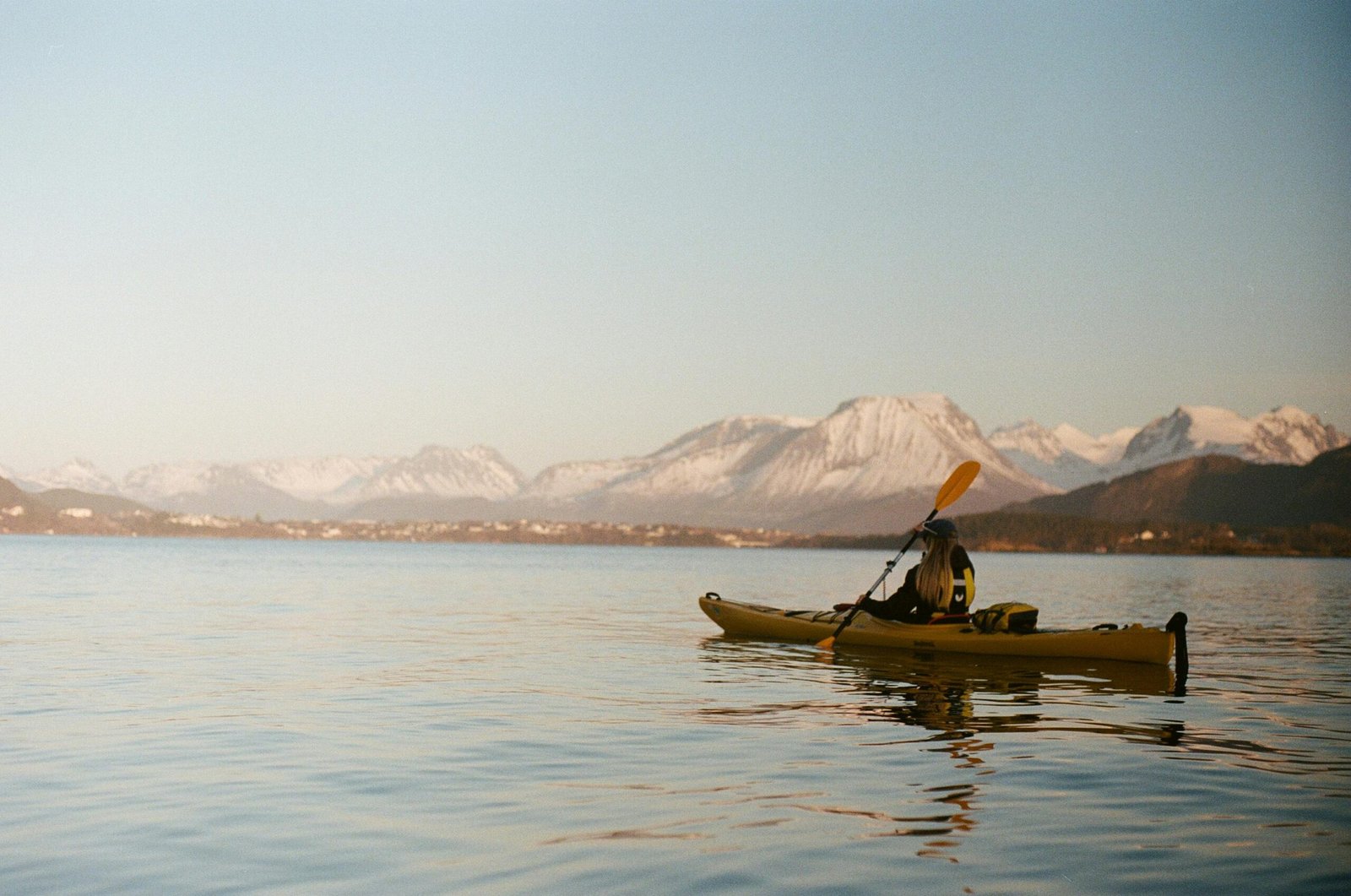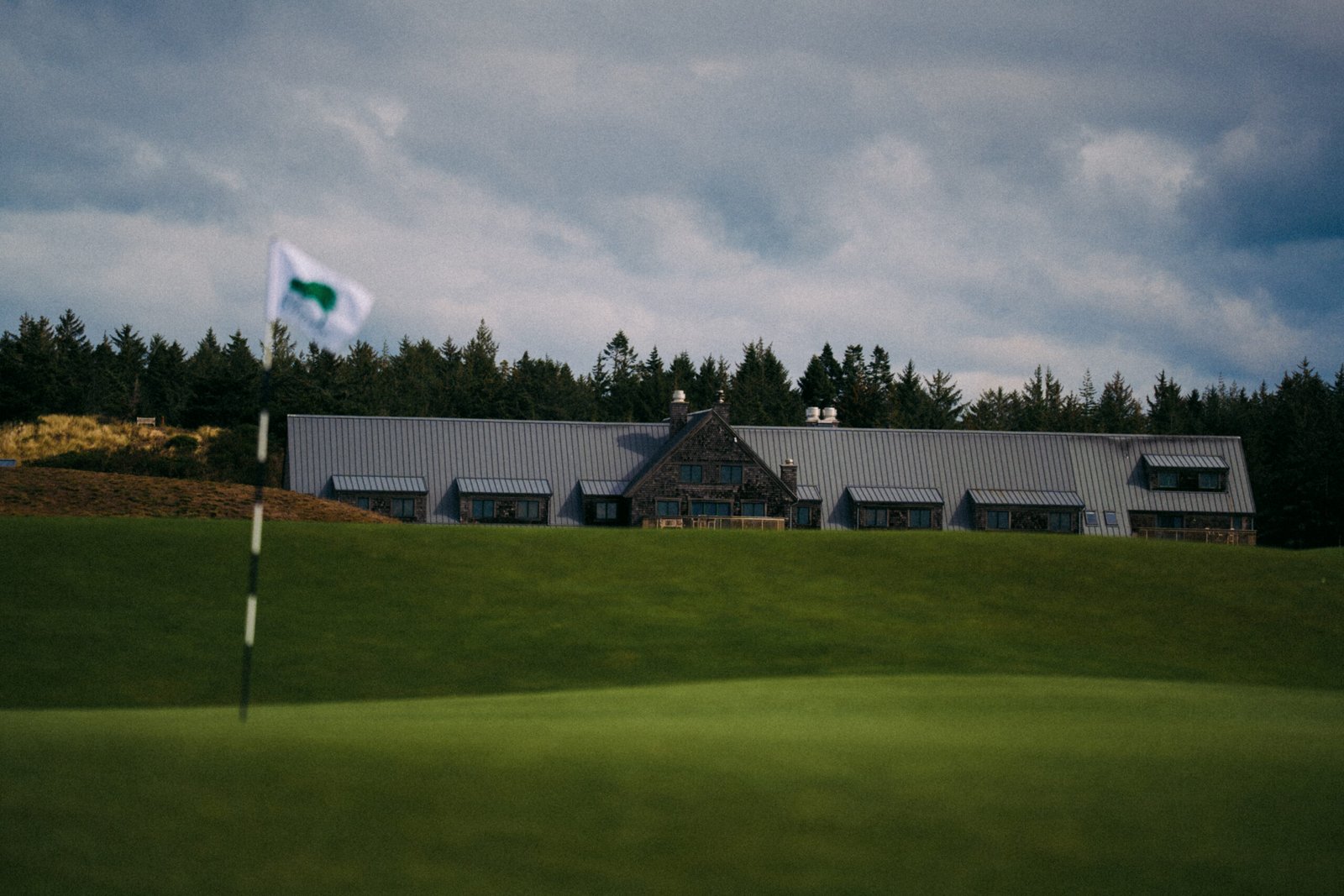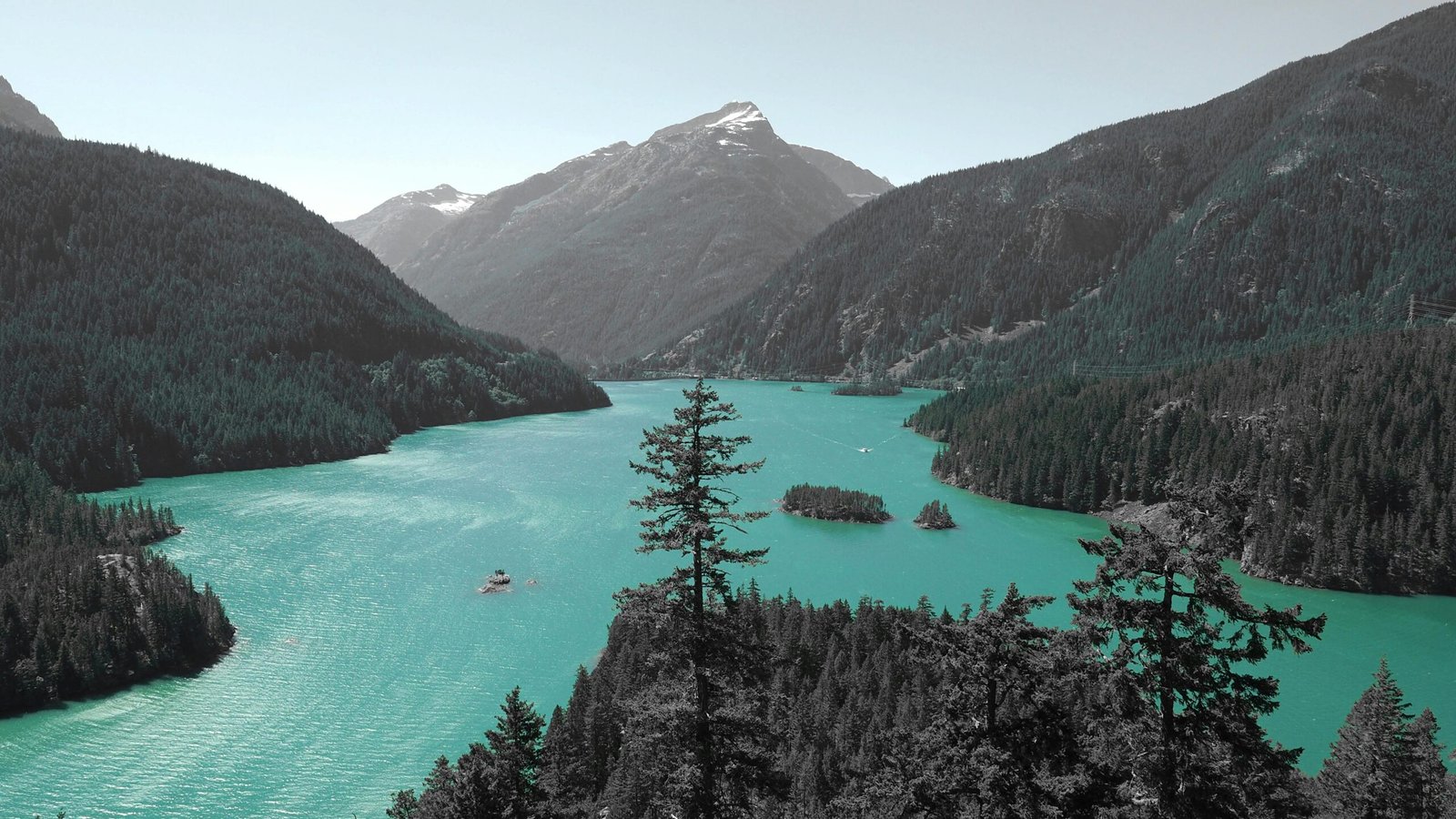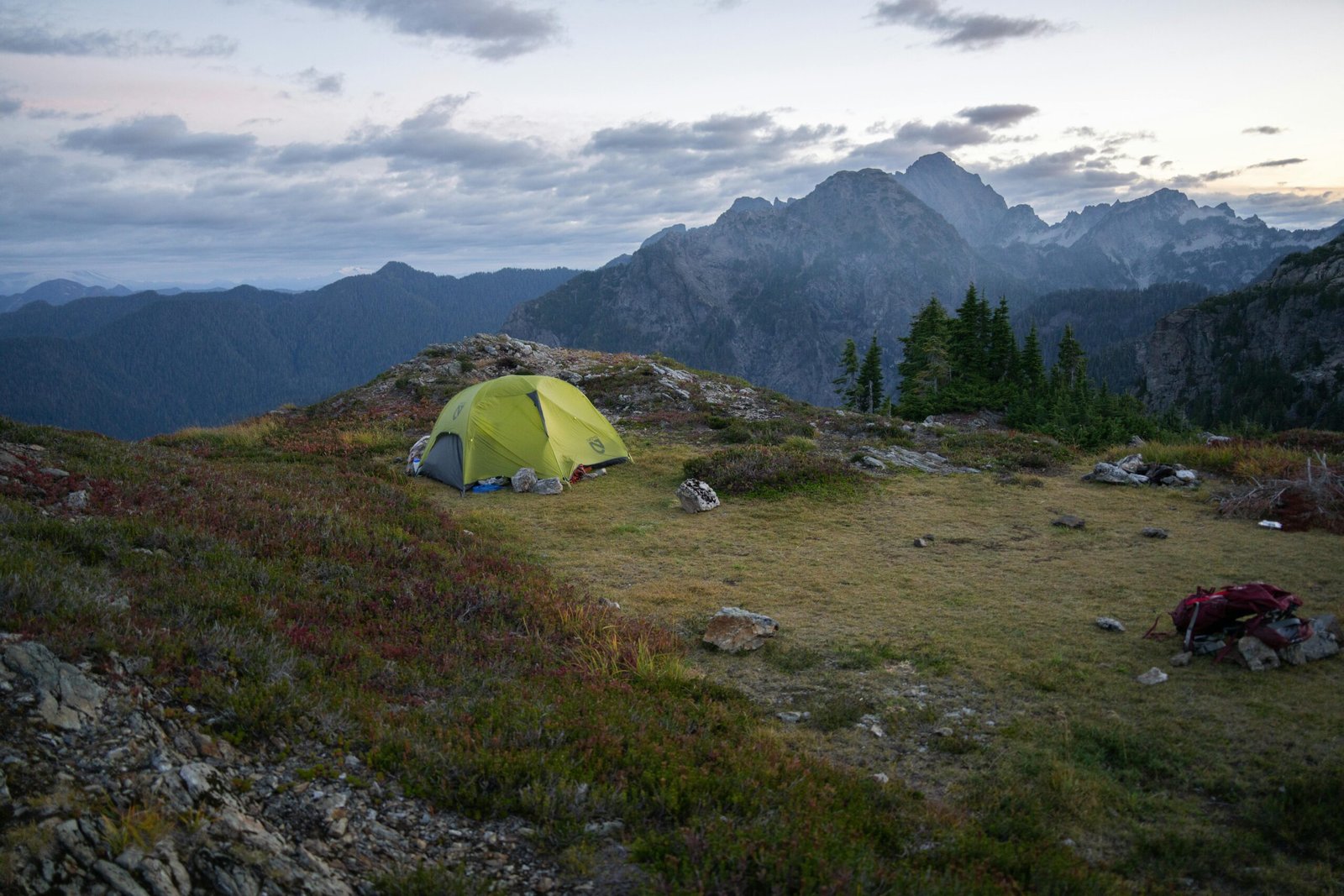Winter paddling in the Pacific Northwest is both stunning and serious. Foggy bays, quiet rivers, and snow-capped coastlines draw dedicated kayakers, but cold water can turn small mistakes into emergencies. Knowing how to prepare, dress, and react can make the difference between a crisp adventure and a dangerous situation.
Layer Right for Survival
The rule is simple: dress for the water, not the air. Even mild winter air temps can hide 45-degree water that drains body heat fast.
Your base setup should include:
- A moisture-wicking base layer of synthetic or merino wool
- A neoprene or drysuit designed for sub-50°F conditions
- Insulated neoprene gloves and boots
- A snug PFD with a whistle and strobe light
Avoid cotton completely; once wet it will not insulate.

Know the Risks of Cold Shock
When cold water hits skin, an involuntary gasp can pull in water. Within 10 minutes, hands lose dexterity, making self-rescue nearly impossible.
If you capsize:
- Keep your head above water.
- Control your breathing and flip your kayak upright if possible.
- Climb back in or onto the boat quickly; if not, hold onto it for buoyancy.
- Signal for help using your whistle or waterproof VHF radio.
Carry a throw rope, paddle float, and bilge pump, even for short outings. These small tools can save your life.
Plan Your Route Like a Pro
Winter conditions change hourly. Before every paddle:
- Check NOAA Marine Forecasts for wind and swell.
- Note daylight hours and plan to return before dusk.
- Choose protected waters like Lake Washington, Silver Lake in Everett, or Siletz Bay, Oregon.
- File a float plan with someone onshore.
Experienced paddlers track tide cycles using the NOAA Tides & Currents app or local harbor reports.
External trusted sources:
Gear Up for Visibility and Control
Shorter days mean limited light. Equip your kayak with reflective deck tape, bow and stern lights, and a bright deck flag. Bring a dry bag with spare clothes, snacks, and a thermal blanket.
For extra stability, use float bags in bow and stern hatches. They displace water if you capsize, making recovery easier.
Not sure what kayak to start with? As a beginner here is what you need to know.
Local Insight: Where to Paddle This Winter
- Hood Canal, WA: Calm mornings and mountain reflections; watch for harbor seals near Potlatch State Park.
- Tillamook Bay, OR: Sheltered tidal inlets perfect for intermediate paddlers.
- Lake Crescent, WA: Deep, clear waters framed by Olympic peaks.
- Columbia River Slough, OR: A great urban option with calm currents and easy parking.
Always verify launch sites and parking, as some parks close seasonally.
Checklist Before You Launch
| Task | Confirmed? |
|---|---|
| Dry suit sealed, PFD fitted | ☐ |
| Spare clothes packed in dry bag | ☐ |
| Float plan shared with contact | ☐ |
| Lights and whistle tested | ☐ |
| Weather forecast saved or printed | ☐ |
Print and laminate this checklist for your car or dry bag.
Seasonal Safety Takeaway
Cold-water kayaking in the PNW rewards preparation. The silence of a fog-covered bay or the echo of waves against cedar shoreline can only be enjoyed when safety comes first. Dress smart, plan ahead, and respect the water’s power. Every launch is a lesson in both caution and wonder.
Suggested Sources for Follow-Up
- Washington State Parks Boating Program — Permits and seasonal closures.
- Oregon State Marine Board — Safety updates and training calendar.
- US Coast Guard District 13 — Regional winter rescue data and media contacts.
OutdoorsNW may earn a small commission from affiliate links included in this story.





